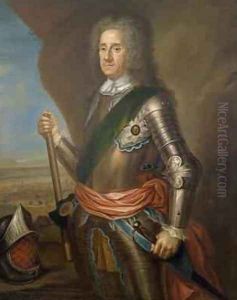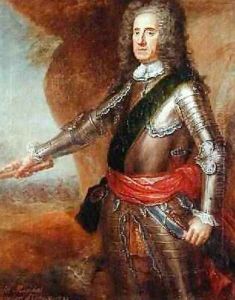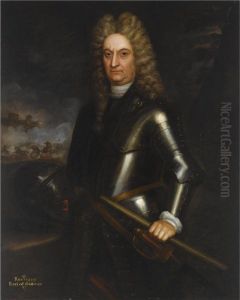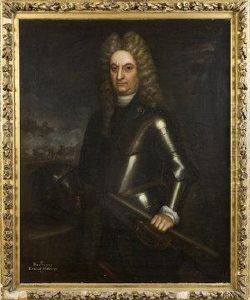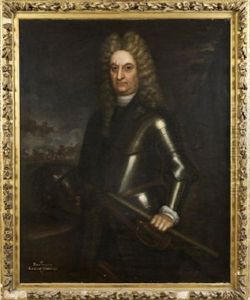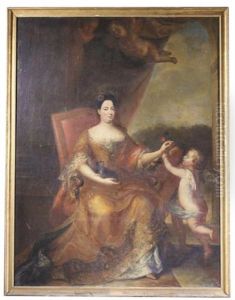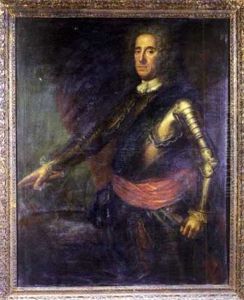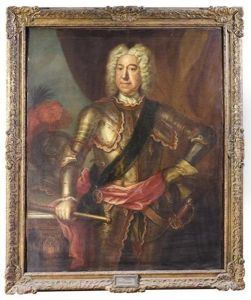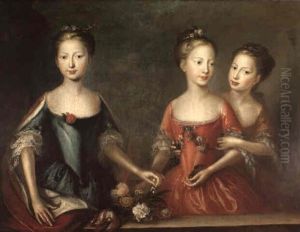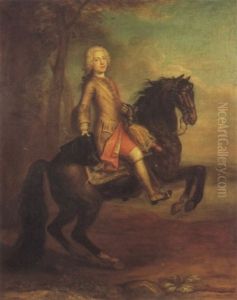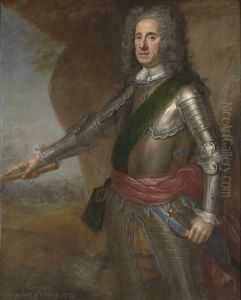Martin Maingaud Paintings
Martin Maingaud was a French painter born in 1655, whose work is often associated with the Baroque period, a movement known for its exuberance and dramatic use of light and shadow. Although not as widely recognized as some of his contemporaries, Maingaud's contributions to French art, particularly in religious and portrait painting, have been noted for their detail, emotional depth, and technical skill.
Maingaud's early life was spent in the south of France, where he likely received his initial training. By the late 17th century, he had moved to Paris, which was then the cultural and artistic hub of France. In Paris, Maingaud became involved with the Royal Academy of Painting and Sculpture, an institution that played a crucial role in his development and recognition as an artist. Through the Academy, Maingaud was exposed to the works of leading artists of the time and the rigorous academic standards that shaped French art.
Despite the lack of extensive documentation about his career, it is known that Maingaud received commissions from several notable patrons, including members of the French aristocracy and the Catholic Church. His religious works, in particular, are admired for their use of light to convey spiritual and emotional intensity, a hallmark of the Baroque style. Similarly, his portraits are celebrated for their realism and psychological insight, capturing the nuances of the sitter's character in a manner that was ahead of his time.
Maingaud's art reflects the transition from the classical rigor of the French Academy to the more expressive and dynamic qualities of the Baroque. His ability to blend these elements in his paintings demonstrates his versatility and understanding of the evolving tastes of his era. While Maingaud did not achieve the fame of some of his peers, his work provides a valuable insight into the artistic and cultural developments of late 17th and early 18th century France.
Martin Maingaud died in 1725, leaving behind a body of work that, though not extensive, continues to be appreciated for its contribution to the development of French art. His paintings can be found in several French museums, serving as a testament to his skill and artistic vision.
